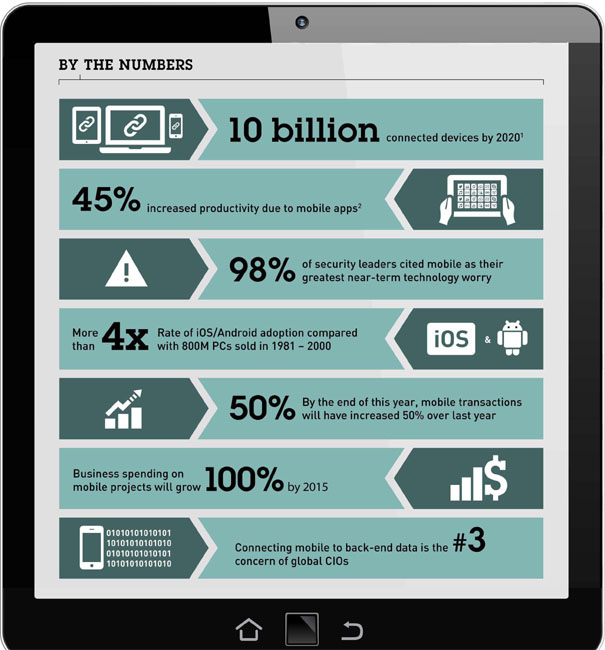Organizational Politics to Hamper BPM Projects: Gartner
Tech market researcher Gartner says organizational politics is emerging as a challenge, and through 2016 it will prevent at least one-third of business process management (BPM) efforts progressing from one-off projects to enterprisewide adoption.
Gartner analysts revealed some of their key predictions for BPM in advance of the Gartner Business Process Management Summits, taking place March 14-15 in London, and April 25-27 in Baltimore.
A Gartner survey conducted in the fourth quarter of 2011 among 157 BPM professionals revealed that the main obstacle preventing further adoption of BPM was organizational politics (53 percent of respondents).
[ Also Read: APEJ Enterprise Apps Market $8.0 bln by 2015: IDC ]“BPM as a discipline requires an organization to change its culture and its work practices,” said Elise Olding, research director at Gartner. “However, very often, this change can lead to power struggles between functional units or an unwillingness to adopt new ways of working, sometimes from senior individuals. These organizational politics can kill a BPM initiative if they are not managed effectively.”
For any BPM initiative to progress beyond simple process improvement projects of limited scope, efforts must be made to understand the organization’s politics, and disciplined efforts undertaken to address them, suggests Gartner.
[ Also Read: How Microsoft Plans to Sell Cloud to Companies ]Although organizational politics look set to hamper some BPM efforts, Gartner predicts that gamification — the broad trend of applying game mechanics to non-game environments to motivate people and change behavior — will stimulate BPM adoption during the next few years. The researcher also predicts that, by 2015, 25 percent of all redesigned processes will include one or more gamified engagement practices.
Gartner also says that, by 2016, 20 percent of “shadow business processes” will be supported by BPM cloud platforms. Shadow business processes are hidden, informal work practices, often supported under the IT radar by secret spreadsheets, emails, phone calls and face-to-face collaboration.
[ Also Read: IBM Used Cloud to Know Mobile Shopping Trends ]Shadow processes can involve unstructured processes — that is, nonroutine work. Gartner expects that, by 2015, 40 percent or more of enterprise work will be nonroutine, up from 25 percent in 2010.
“BPM cloud platforms are a better and more cost-effective way to automate hidden processes than secret spreadsheets or uncoordinated email threads,” said Michele Cantara, research vice president at Gartner.
“A BPM cloud platform — BPM platform as a service (BPM PaaS) — can track process steps, provide insight into work item status and help manage the collaborative interactions involved in unstructured processes.”
In particular, Gartner says, high-productivity BPM PaaS will provide shadow process owners with a more attractive and productive user experience, which will encourage them to share their shadow processes.











